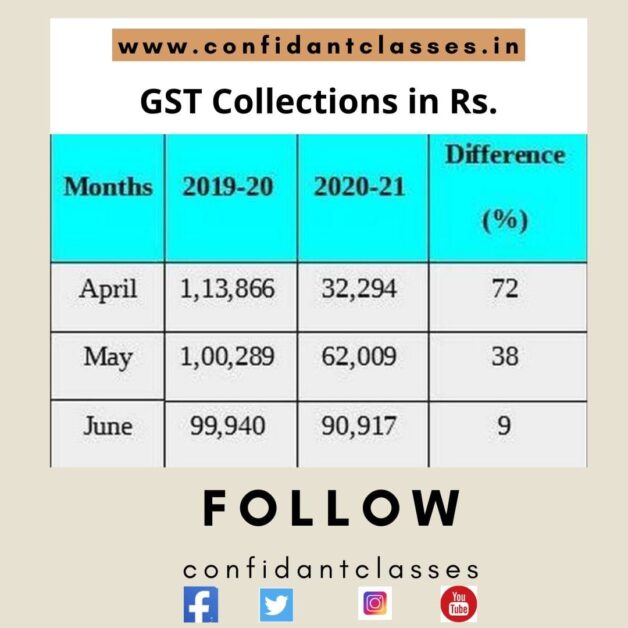Manufacturing activity in India contracted for the third consecutive month in June, but at a much slower pace, as demand and production continued to suffer for three months from shutdowns to curb the spread of the coronavirus.
- The virus has infected more than half a million people in the world’s second most populous country, blocking economic activity. While the Nikkei Manufacturing Purchasing Managers index, compiled by IHS Markit, rose to 47.2 last month from 30.8 in May, it was still below 50 points between growth and contraction.
- Analysts polled by Reuters had expected 37.5. The April-June period was the worst quarterly performance since the PMI survey began in March 2005, according to a Reuters poll.
“India’s manufacturing sector moved towards stabilisation in June, with both output and new orders contracting at much softer rates than seen in April and May. However, the recent spike in new coronavirus cases and the resulting lockdown extensions have seen demand continue to weaken,”
noted Eliot Kerr, an economist at IHS Markit.
Collections of the goods and services tax (GST) totaled Rs 90,917 million in June, contracting for the third consecutive month year after year. However, the rate of decline fell sharply to just 9.02% from 38.17% in May and 71.63% in April, as statements from the previous months were also filed in June due to relaxed government hours amid COVID. -19 outbreak.

- GST collections in the first quarter decreased by almost 70% due to the sharp drop in the mop in April and May. The government was only able to raise Rs 62,009 crore in May and Rs 32,294 crore in April. But collections increased after the government eased the blockade to fight the coronavirus.
- GST’s revenue in June this year represents 91% of the Rs 99.94 billion collected in the same month of the previous year. The government raised Rs 18.98 crore from the central GST in June this year, Rs 23.97 crore from the GST state and Rs 40.302 crore from the integrated GST.
- Compensation amounted to Rs 7,665 crore. The Cess collection was Rs 7,665 crore (including Rs. 607 crore collected from imported products). The government has settled Rs 13,325 crore to CGST and Rs 11,117 crore to SGST from IGST as regular regulations.
- Total revenue earned by central and state governments after regular settlement in June was Rs 32,305 million for CGST and Rs 35,087 million for SGST. As the government had extended the deadline for filing the GST statements, the April, March and some February statements were filed in June and certain May statements, which would otherwise have been filed in June, would be deposited during the first days of July.
- June revenues represented 91% of GST revenues in the same month last year. In the month, revenues from the import of goods were 71% and revenues from the national transaction (including services of import) accounted for 97% of revenue from these sources in the same way. Last month,
India’s fiscal deficit in the first two months of May totaled Rs 4.66 trillion ($ 61.67 billion), or 58.6% of the budgeted target for the year in course, government data showed on Tuesday.
- Net tax revenue for the April-May period was Rs 33,850 cr ($ 4.48 billion), while total spending was Rs 5.12 billion, the data showed, indicating that the government billed its budgeted expenditures for combat the impact of the pandemic.
- India’s fiscal deficit reached 4.6% of GDP in the 2019/20 fiscal year ending March, compared to initial estimates of 3.3%. The latest figures on deficit come at a time when the Center is seriously considering direct monetization of the budget deficit by RBI, which has escaped the idea of the first half (S1) 2020-2021 (FY21 ).
country’s foreign exchange reserves in nominal terms increased by $64.9 billion in FY20 compared to a reduction of $11.7 billion in FY19, according to RBI.
“Foreign exchange reserves in nominal terms (including the valuation effects) increased by $64.9 billion during 2019-20 as against a decline of $11.7 billion in the preceding year,€?
RBI said
- The valuation gain, reflecting increase in gold prices, amounted to $5.4 billion during 2019-20 as against a loss of $8.3 billion during 2018-19.
- On a balance of payments basis (excluding valuation effects), foreign exchange reserves surged by $59.5 billion during FY20 as against a decrease of $3.3 billion during FY19.
- The country’s current account balance (CAB) declined to $24.7 billion in FY20 as against a deficit of $57.3 in FY19.

More Stories
AIBE 19 Result: Bar Council of India to Announce Soon – Key Details for Candidates
CUET PG 2025 Admit Card: Key Details and Important Updates
Changes in CUET Subject Combinations: Impact on Science and Commerce Students